Plant fibres & textiles - introduction
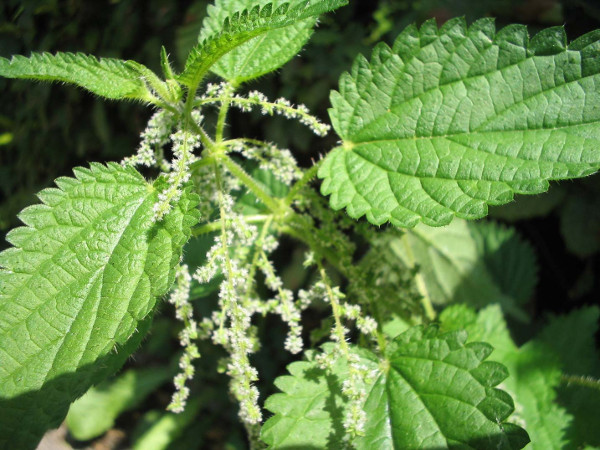
“Cloth made from the nettle is as good as that made from hemp.” – Victor Hugo
Contents
What are plant fibres & textiles?
There are 3 main types of plant fibres: bast (mainly from stems – e.g. flax and hemp), leaf (e.g. pineapple and sisal) and seed (e.g. cotton and kapok); but also wood (from trees, naturally), grass (e.g. bamboo) and fruit (e.g. coconut). The fibres are elongated, supportive strands composed of individual cellulose cells that are held together with gums and pectins. Plant fibres have a long history of use in textiles, cordage and paper, and more recently in technical applications – e.g. composite materials.

Made from 100% wild nettle (Urtica dioica). Image: BeeKayMakes
Fibre-yielding plants are found wherever vegetation exists around the globe. Indigenous communities have used these plants for both cordage and textiles. Archaeological studies have identified the use of cellulosic fibres from at least the Neolithic period, and some long traditions of processing and using plant fibres continue to this day. On a larger scale, the commercialisation of plant fibres such as sisal, jute and coir have made them important to some countries’ economies.
Most people are familiar with flax and hemp, which have lent themselves to wide cultivation in many parts of the world. However, there are also useful fibres to be found in UK wild plants, including nettle, hops, mallow and honeysuckle (which was used to make ropes to help construct the Bronze Age Seahenge). The use of the Common Nettle (Urtica dioica) is better known, and regularly resurges as a source of fibre for textiles, particularly during times of crisis, and more recently as a sustainable replacement for problematic cotton and synthetic fibres.

Flax Brake – traditional method of separating the fibres from the stem by hand. Image: Pymouss, CC BY-SA
Trials are being carried out to test the feasibility of banana, pineapple and coconut fibre, amongst others. There’s already been a high level of success with bamboo fibre and wood pulp (Tencel). If these materials are to be produced on a commercial scale, then the issues of plant cultivation, processing, resource use, potential contamination and transportation need to be taken into consideration. However, major companies and organisations are now taking on board the need to develop more sustainable textile fibres.
The nettle has long been cultivated for fibre production and other end products. In order to maximise output, several high-fibre varieties were bred in Germany between the World Wars, and in recent years these have been resurrected as a potential source of commercial nettle fibre.
Making fabric from nettles: harvesting, retting, stalk splitting, pith removal, carding, finger-spinning and knitting.
What are the benefits of plant fibres & textiles?
Our perception of ‘cloth’ has changed a lot over time. We currently have a textile industry that’s laden with problems. Cheap, synthetic clothes are mass-produced in countries where people (including children), desperate to make a living, are forced to work in dangerous and unhealthy conditions to produce clothing for a fickle and ever-changing market. Clothes are quickly discarded, wasting resources and creating a huge disposal problem. In the past, cloth was highly valued and precious. Until the 19th century, all clothing was made from natural fibres, including hemp and flax, either at home, or by a tailor or seamstress if that could be afforded. People had a limited wardrobe (sometimes only one set of clothes!), which was looked after, mended and even handed on after their death. Finally, until the invention of synthetic fibres, all cloth that completed its lifecycle could be composted or burnt. We need to renew our perception of cloth. We need to learn to value it again. When it’s no longer serviceable, we need to be able to return it to the soil.

Examples of plant fibres, L to R: horseradish, mulberry, hemp, nettle, banana leaf, flax. Image: Aleksandra Olszewska
Plant fibres, plus animal fibres such as wool and silk, are biodegradable, and the cloth produced from them is generally of high quality. We’re all familiar with cotton, which is strong, flexible, comfortable and absorbent and at the moment is the most common plant fibre used around the world. But cotton has a tragic history, linked to the slave trade, and in the UK to the horrific working conditions in the 19th century cotton mills. Today the production of cotton requires the use of dangerous pesticides and vast quantities of water for irrigation. Even the production of organic cotton requires huge amounts of water.

Cross section of a nettle stem showing the fibres in the outer layer. Image: Gillian Edom
Wild fibre plants, like nettles, grow easily, provide food for butterflies, and don’t need pesticides, chemical fertilisers or irrigation.
One important but underestimated outcome of producing a piece of cloth from raw materials, through extracting and preparing the fibre to crafting the final product, is the sense of accomplishment that goes with it. It can’t be calculated on a monetary basis, but must be measured in terms of the time, effort, commitment and even love that has been invested in it. Only then can we once again understand the true value of cloth.
Allan Brown demonstrates the processes he takes nettle plants through, in order to extract a usable fibre for textiles.
What can I do?
There’s growing interest in creating cloth from plant fibres on an artisanal scale, using whatever fibre plants are locally available. In the UK, flax and hemp are easily cultivated and so raw material is generally available for spinning and weaving. People are also experimenting with other plants such as Stinging Nettle (Urtica dioica) that can be collected from the wild.

L to R: textiles from nettle, hemp, flax. Image: Allan Brown
The traditional method of processing plant fibre depended on which species is available, the local climate, available tools, and resources such as water supply. There are examples around the world of communities that have thrived as a result of an enduring culture based on the use of local plant fibres. For example, for many years the Dunsmore Trust has supported women from East Nepal in processing the fibre of the Nepalese Nettle (Girardinia diversifolia) and enabling them to sell their products to a wider market. In Ecuador, efforts are being made to preserve an ancient local seed cotton fibre tradition (see video).
Preparing seed cotton, spinning it with a hand supported spindle, dyeing yarns with vegetable dyes, and weaving of bags and hammocks on an indigenous vertical loom in Ecuador.
You can try fibre extraction and preparation yourself, and to create some form of textile from it. A small plot of flax could easily be grown in a garden, and nettles are freely available in the wild – but first consider where you’re collecting nettles from, and what else might be dependent on them. Nettles are an essential part of the ecosystem and several butterflies are completely dependent on them as a food source for their larvae. Also, wear gloves and use secateurs or scissors as nettles have an unpleasant (though not dangerous) sting.

Dew retting flax and nettle stems. Image: Allan Brown
There’s a variety of extraction methods including:
- Decortication: the process of separating the fibre from the stem, usually with a decorticating machine.
- Scraping: the removal of plant material from the fibres, normally done by hand.
- Retting: fibres are separated from the stem through the breakdown of plant matter by microorganisms and moisture. The two main and traditional methods are dew retting and water retting.
- Overwintering: leaving the stems in situ so that the action of the winter weather breaks down the plant matter to reveal the fibres.
- Chemical extraction: the removal of plant fibres with chemicals such as Sodium hydroxide.
- Enzyme extraction: the removal of plant fibres with enzymes such as pectinases and xylanases.

Blend of Nepalese nettle and lambswool. Image: BeeKayMakes
Sometimes a combination of more than one method is used. There are plenty of online guides to help you with the process, including several useful videos on the Nettles for Textiles website, which might also be used for other plants than nettles. Very little equipment is required for fibre processing, apart from household tools you probably have to hand. If you have access to a garden, pond or river, then these will provide you with the opportunity to experiment with retting the plants.
Specialist(s)
Thanks to Gillian Edom for information.
The specialist(s) below will respond to queries on this topic. Please comment in the box at the bottom of the page.
 Gillian Edom has had a long interest in plants, textiles, sustainability and the environment. She studied a Master of Philosophy research degree in nettle fibre extraction at De Montfort University and is the author of From Sting to Spin: A History of Nettle Fibre.
Gillian Edom has had a long interest in plants, textiles, sustainability and the environment. She studied a Master of Philosophy research degree in nettle fibre extraction at De Montfort University and is the author of From Sting to Spin: A History of Nettle Fibre.

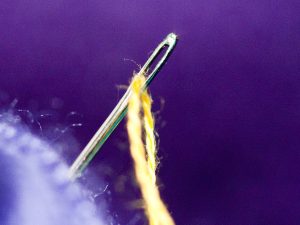
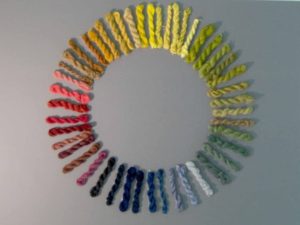
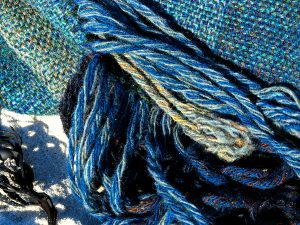
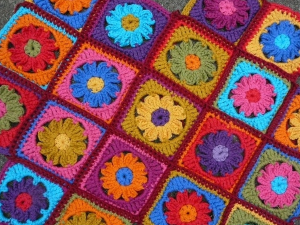
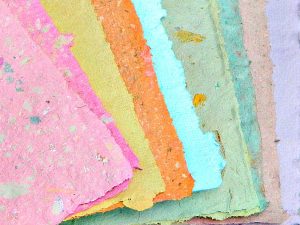
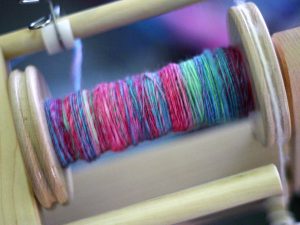
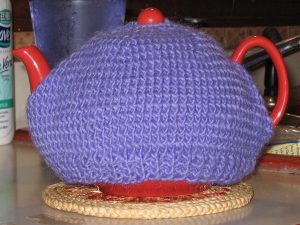
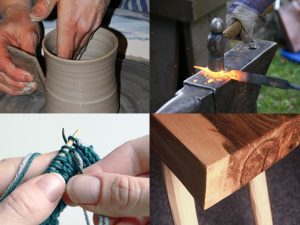
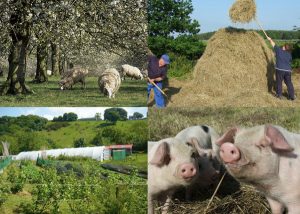
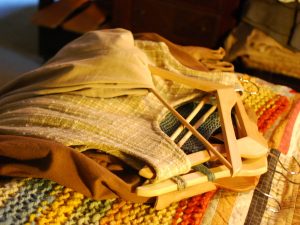
13 Comments
Bamboo fiber is a chemically produced rayon from the bamboo plant. There are no usable natural fibers from bamboo. It is a man made material. The only good thing is it is not plastic and it will decompose unlike plastics. I steer clear from bamboo except when making something directly from the bamboo stalk. I grow, harvest, spin and weave flax. Goal is to make my own shirt and help revive the flax industry on a small scale back to the US.
Pete, your comments are very welcome. I don’t profess to know anything about the use of bamboo fibre, but I’m aware that there will be problematic issues related to many plant fibres. If you were able to share more information about bamboo it would contribute significantly to the debate, and the more information that is available, the better choices of raw materials can be made.
Please note – theeddadiaries is an old blog that I seem to be logged in to still, but am commenting as Gillian Edom.
Very good article thank you. Excellent video by Allan Brown, very inspiring.
Thank you Malcolm. As far as nettle fibre is concerned, Allan Brown has taken the artesanal extraction of fibre to a new level.
Hi gillian
Have you heard of prosopis juliflora?
It is a wild noxious weed,shrub which throttles agricultural land and is detested by the local population.
The governments across the world are desperate to re move it.
Do you think it can be used for textiles.
What do i have to do to find out if a plant is good for textiles manufacturing.
Regards
Dr.Vishnuprashad
Hello Dr. Vishnuprashad,
I am not familiar with Prosopis juliflora, although I have seen it growing outside of the UK. It belongs to the Fabaceae family of plants, which includes peas and legumes. It grows as a small tree and so its fibre would be contained within the trunk and branches.
It is always useful to research the history of a plant’s uses to see how it has been used by indigenous populations. This information would give a good indicator of its potential.
It doesn’t seem to be widely used for textiles, but the cellulose appears to be used for composites. The following two links will hopefully give you further information about its properties for use in textiles:
https://www.ijeas.org/download_data/IJEAS0609018.pdf
https://www.gardenorganic.org.uk/sites/www.gardenorganic.org.uk/files/resources/international/ProsopisMonographComplete.pdf
I hope this helps a little.
Gillian
I make plant pots and want to add plant fibres to my clay which will burn out during firing leaving a more porous water absorbing pot!
I’m looking for fine fibres one or two cm long. Perhaps there’s a by product? I’m a very small producer so I’m looking at some kilos not tons.
You may be interested that Scarva pottery supply’s do a “paper clay” that contains some flax fibres. I’m for making my own.
Thanking you in anticipation
S Oldale.
Hello Stephen,
My apologies for being slow to respond to you.
This is an interesting sounding technique. I assume you live in the UK, in which case the number of use fibrous plants that you might use to extract fibre is limited. The process is also time consuming when done by hand. My suggestion would be to find a flax grower or linen manufacturer who sells waste tow that you might buy from them. If you are determined to try processing them yourself you can’t go wrong if you start with nettles which would be totally cost free. Please ask further questions if you think I can help.
Gillian
Hello everyone.
Im gonna extract textile fibres from plants which is included in my research work.
Can you all suggest me some good plants which are readily available and sustainable.
i will be highly obliged.
Which part of the world do you live in Maryam? That will determine which plants are easily available to you.
I live in a block of flats surrounded by woodland – so obtaining nettles is not an issue, but is there reference material in how to store it when you don’t have a garden area of your own. Can it be stored in doors until ready to prepare for fibre?
Your advice would be much appreciated. If there is an online guide that maybe I could reference? I am planning a long term strategy to making a living out of weaving plant fibre and making products nettles and other plants.
Regards
June 🙂
If you cut the nettles, remove the leaves and side branches, you can dry the stems which can be stored indefinitely. Make sure that they are laid out so they can dry quickly as nettles can go mouldy very quickly. I once used to lay my stems out on a clothes horse!
You should be able to find more information if you look at this website: https://www.nettlesfortextiles.org.uk/wp/